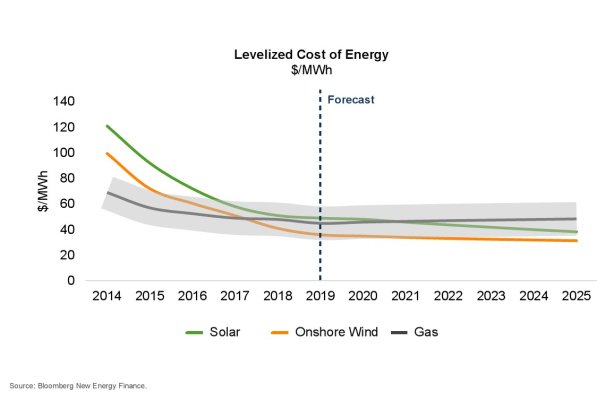I didn’t say anything about solar power improvements - even at 100% efficient panels, I still don’t feel that still will generate enough energy to make it worthwhile to put on a car. I did read the posts, that’s why it took me so long to post. ...
That was just an example of why we can't expect improvements like we saw from the early airplanes, autos, computers, etc. First, there are laws of physics involved, and second, most of these technologies are actually pretty far along in their development. We can make some small incremental improvements, but we can't make order of magnitude improvements, like the subjects you used for comparison. There just isn't that much to be had.
.... From a quick search, battery energy storage density doubled in the last 30 years. That is simply with lithium ion. A breakthrough with a new material or matrix (talk of carbon nano tubes) could give a similar increase over current technology that Li has at time of release (of ~35%). I am sure there is funding, but I haven’t seen funding/research in amounts that would be appropriate for a global emergency.
Not only that but the number of charge cycles before degradation has improved massively. While we have researched batteries for a long time, there were competing technologies (why have a battery when you can fire up a generator?) that push use towards the cheaper/easier option. ...
Hopefully something like carbon nano tubes will bring some big improvements. I doubt that lack of funding is a big issue. There is plenty of motivation for better batteries, everything from cell phones and laptops and EVs to very short term grid storage (seconds, minutes), to military uses. There's a lot of money in making portable devices smaller, lighter, cheaper, with longer life on a charge.
.... I’m optimistic about our scientific capabilities 20 years from now.. ...
I'm optimistic too, but some people in this thread expect the scientists to just will their way past the laws of physics. And it's easy to get intoxicated on all these breathless articles about "breakthrough" technologies, but they seldom get out of the lab. Some will, and we will continue to see improvements. Hopefully even some breakthroughs, but those are few and far between.
Maybe I'm missing something, but what breakthroughs have we had in energy in the last 50 years? Nuclear was one, but there were commercial nuclear plants in operation more than 50 years ago. And they never did meet the "too cheap to meter" predictions. I'd call LEDs a breakthrough, solid state, long life, little heat, but those went commercial over 50 years ago too. Maybe we could call the Ni-Cad, NIMH and Lion battery technologies as breakthrough - these materials were not in use, and are much better in some ways. But it took a long time for them to mature, and over that time, maybe one order of magnitude better than what they replaced? Solar PV? OK, but that's also been a long slog.
Did I miss anything big? My point is, 50 years is a long time, yet, we should not expect big changes in such fundamental areas.
We have a pretty good understanding of where current tech can go. I've even seen some analysis of the theoretical limits of batteries - I'm no good at chemistry, but there is something about the size/density of a molecule and how much energy it could store, and as I recall, the theoretical limit was high, but not ground-shaking. And then you need to add in the realities of actually packaging it in something, adding heavy conductors to get that power out, heat management, etc... and that takes up space/weight.
If scientists come up with some previously unknown technology, we can re-evaluate at that time. But don't hold your breath.
.... Less optimistic about the emotional decisions we will make along that path focused on ourselves vs society as a whole. .
I'm afraid that the emotional decisions we will make along that path will be counterproductive. Like the emotional people who fought nukes back in the 70s and 80s. And the emotional people who want to waste our time and resources to support ideas that simply can't bear fruit, but make them feel better because they ar "doing something". But that something is distracting from real progress. Look at the money that has been dumped into "Solar Roadways", when any cursory analysis shows there is no merit to it, and there are far better uses for that money. A real waste, and an opportunity cost. A real shame.
-ERD50

